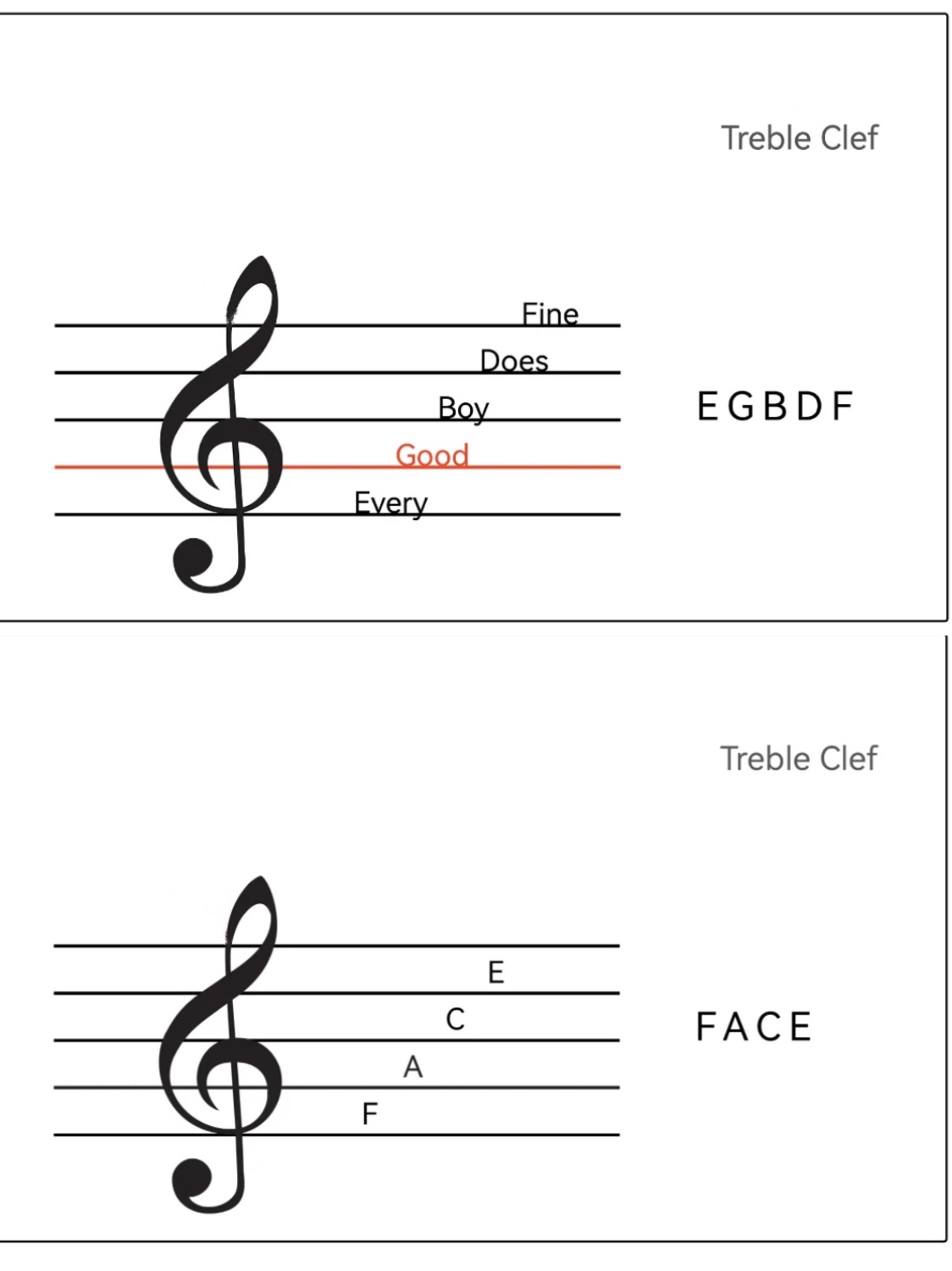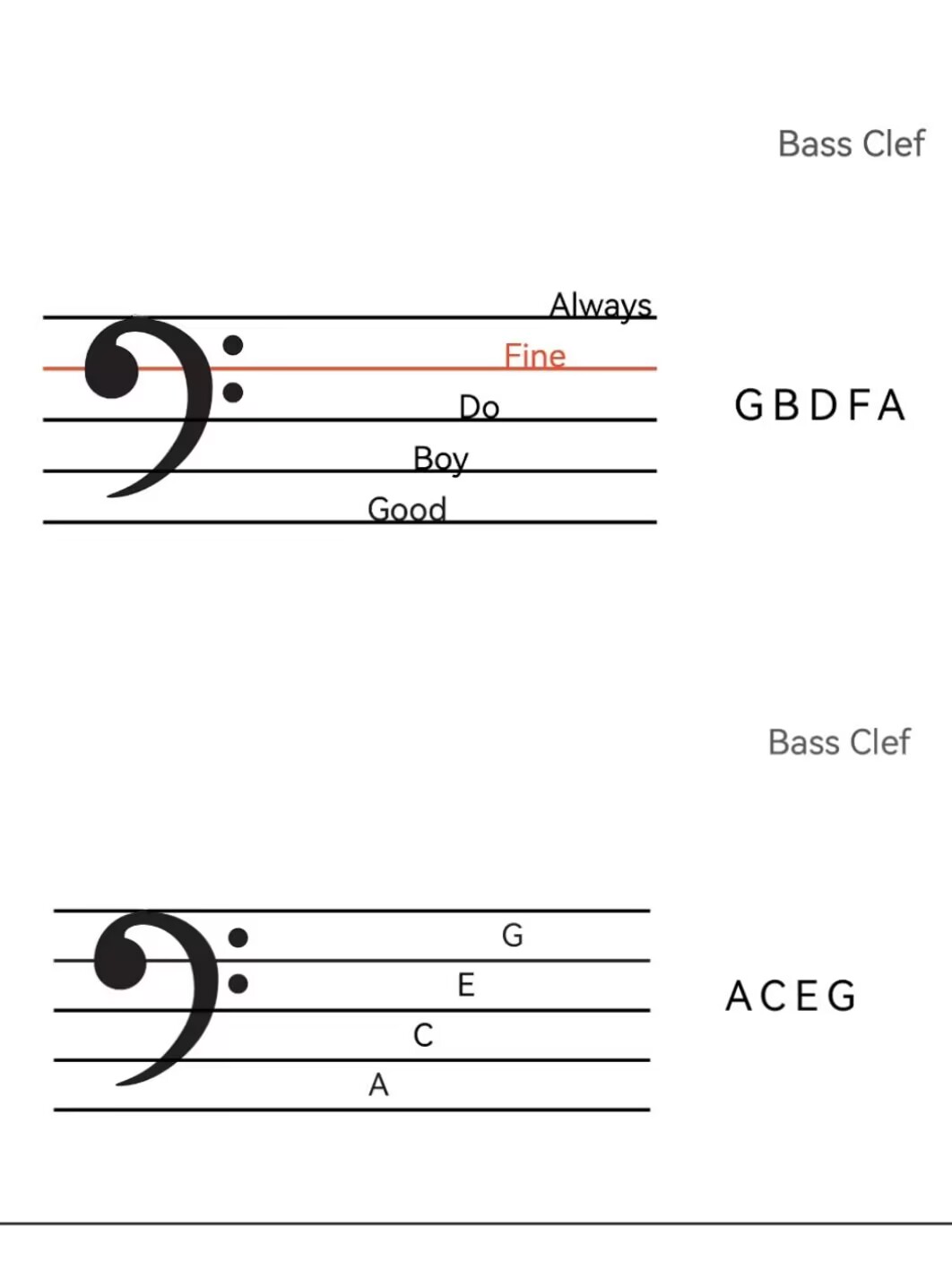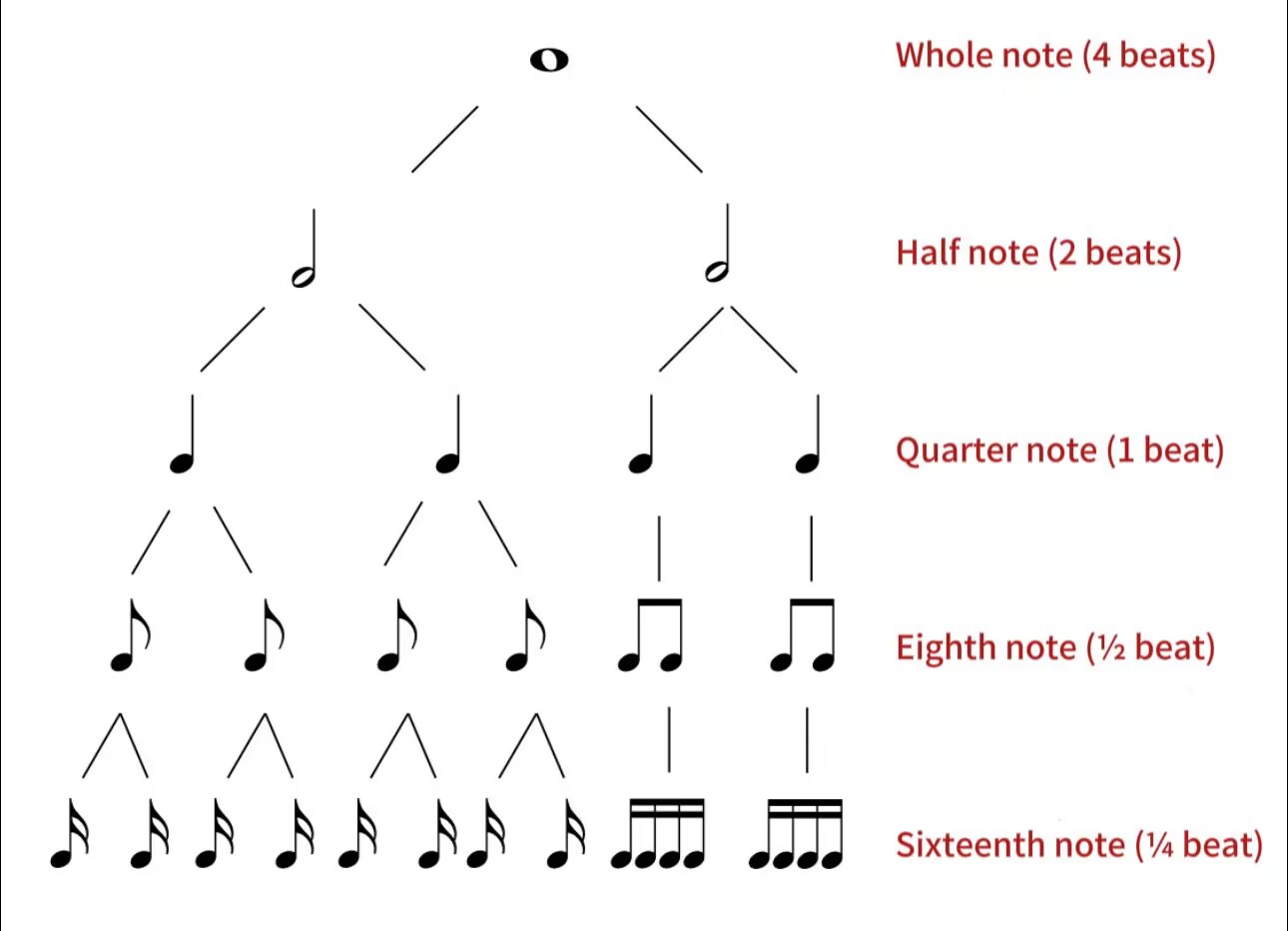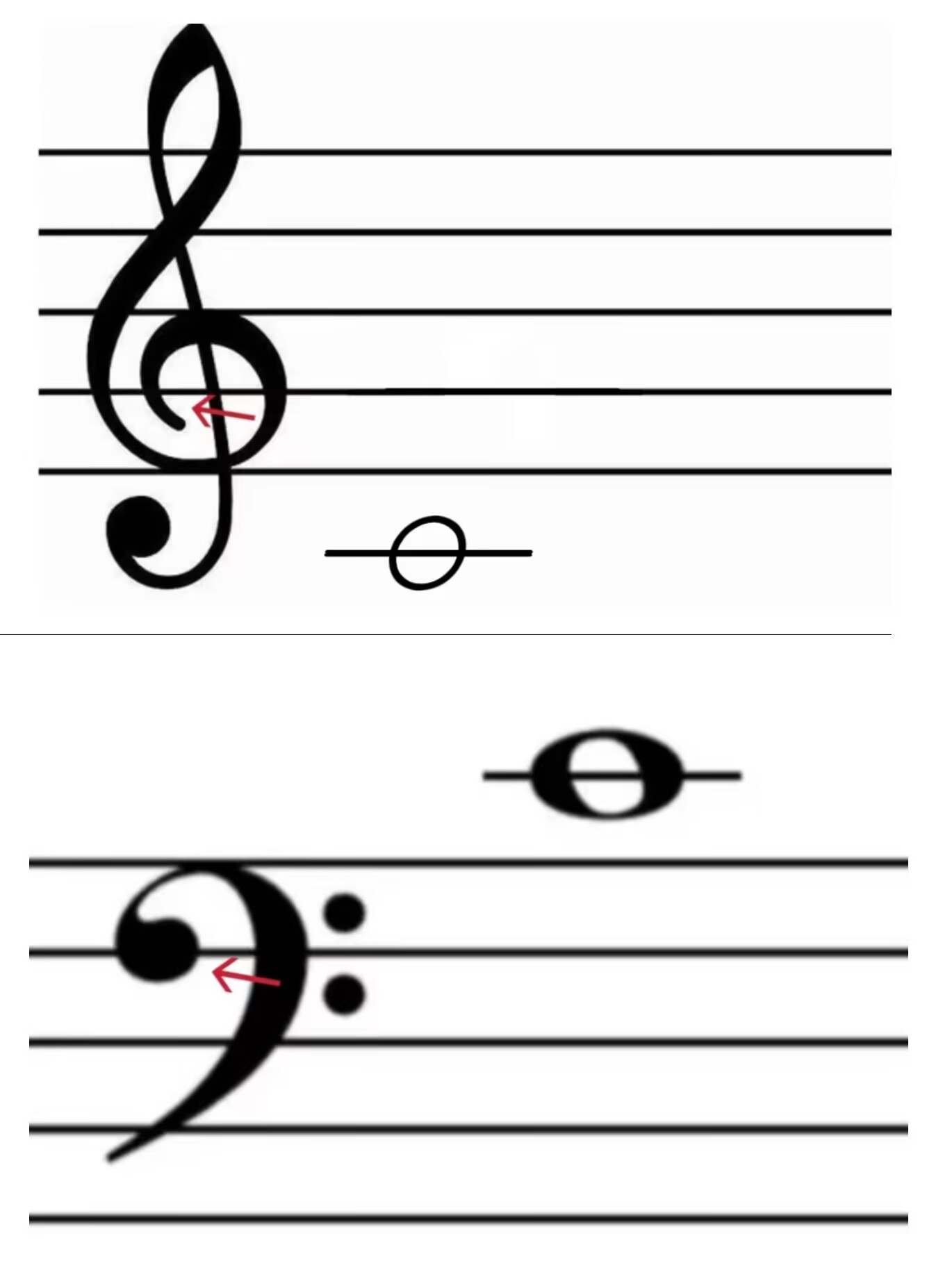At first, piano sheet music might seem difficult to understand, but with the right approach and free sheet music from SheetMusicGo, you’ll soon be playing your favorite songs. This guide will walk you through the basics of reading music while introducing beginner-friendly piano learning methods—including free sheet music, piano letter notes, and easy piano sheet music.
Understanding the Basics of Piano Sheet Music
Before diving into playing, it's essential to understand what piano sheet music represents. Sheet music is a written language that communicates three main elements to the pianist:
- Pitch: Which notes to play
- Rhythm: When and how long to play them
- Expression: How to play them (loud, soft, smooth, etc.)
The foundation of sheet music is the staff - those five horizontal lines where musical notes are placed.The piano employs both treble and bass clefs—the right hand generally plays the treble clef's higher notes, and the left hand handles the bass clef's deeper tones.
Learning the Musical Alphabet
The musical alphabet consists of just seven letters: C, D, E, F, G, A, B. These repeat across the piano keyboard in a loop. Pro Tip: When learning piano letter notes, memorize how notes on the sheet music map to the piano keys—it speeds up sight reading!
For absolute beginners, SheetMusicGo piano letter notes section offers simplified versions of songs that show the corresponding piano keys, making the transition to standard notation much easier.
How to Read Letter names of notes on the treble/bass clef
Treble Clef Notes (Right Hand)
When drawing a treble clef, its characteristic loop wraps around the second line, establishing it as the G note. To remember the lines from bottom to top, use the classic mnemonic:
- Every
- Good
- Boy
- Does
- Fine
And the spaces spell the word FACE (from bottom to top).

Bass Clef Notes (Left Hand)
The bass clef, or F clef, has two dots surrounding the F line (second line from the top). Remember the lines with:
- Good
- Boys
- Do
- Fine
- Always
The bass clef spaces, from bottom to top, spell A, C, E, G—think 'All Cows Eat Grass' or make up your own phrase!

Understanding Note Values and Rhythm
Reading piano sheet music isn't just about which notes to play - it's also about when to play them. Here are the basic note values:
- Whole note
- Half note
- Quarter note
- Eighth note
- Sixteenth note

The Piano Sheet music section on SheetMusicGo includes many beginner-friendly pieces that start with simple rhythms before progressing to more complex patterns.
Finding Your Starting Point: Middle C
Middle C is the foundational note for piano players. On the staff:
- In treble clef, it's the first ledger line below the staff
- In bass clef, it's the first ledger line above the staff
On the keyboard, it's the C closest to the center of the piano. Many beginner piano sheet music pieces start with Middle C to help you get oriented.

Practical Tips for Learning Sheet Music Faster
- Start simple: Choose easy beginner piano sheet music that matches your skill level
- Practice daily: Even 15-20 minutes of focused practice helps
- Use landmarks: Memorize a few key notes to help you read faster
- Count aloud: This helps internalize rhythm
- Try letter notes first: piano letter notes can bridge the gap until you're comfortable with standard notation
Using SheetMusicGo Resources Effectively
SheetMusicGo offers several tools that can accelerate your piano sheet music reading skills:
- Learning Tools: All our piano sheet music features helpful tools for piano practice: transposition,size, speed control, metronome, and looping functions.
- Graded Difficulty Levels: Find music that matches your current ability
- Popular Song Arrangements: Stay motivated by playing music you love
- Printable PDFs: Mark up your music as you learn
The beginner sheet music collection is particularly valuable for those just starting their musical journey.
Common Challenges and How to Overcome Them
Many beginners face similar obstacles when learning piano sheet music:
Challenge 1: Reading both clefs simultaneously
Solution: Practice hands separately first, then combine slowly
Challenge 2: Remembering note positions
Solution: Use mnemonics (like FACE and Good Boys Do Fine Always)
Challenge 3: Maintaining rhythm
Solution: Tap your foot or use a metronome while playing
Challenge 4: Hand coordination
Solution: Start with simple pieces that have minimal hand movement
Progressing Beyond the Basics
Once you're comfortable with basic note reading, you can explore:
- Key signatures
- Dynamics (volume markings)
- Articulations (staccato, legato)
- Chords and harmony
- More complex rhythms
SheetMusicGo's library includes progressively more challenging arrangements to help you grow as a musician. Their free sheet music section has options for all skill levels.
Building a Practice Routine
An effective practice session for learning piano sheet music might include:
- Warm-up (5 minutes): Scales or simple exercises
- Sight-reading (10 minutes): Try new beginner piano sheet music daily
- Piece work (15 minutes): Focus on one or two sections of a song
- Review (5 minutes): Play through something you know well for confidence
Expanding Your Repertoire
As your skills improve, you'll want to explore different musical styles. SheetMusicGo offers:
- Classical pieces
- Pop and rock arrangements
- Jazz standards
- Movie and TV themes
Their piano letter notes section is perfect for playing contemporary hits while still learning traditional notation.
Finally
- Be patient: Reading music is a skill that develops over time
- Make it fun: Choose music you genuinely enjoy playing
- Celebrate small wins: Each new note or song learned is progress
- Use all available resources: Take advantage of free sheet music and other learning tools
- Stay consistent: Regular practice yields the best results
Remember, every accomplished pianist started exactly where you are now. With quality resources like those at SheetMusicGo and consistent practice, you'll soon be reading piano sheet music with confidence and playing the songs you love.











